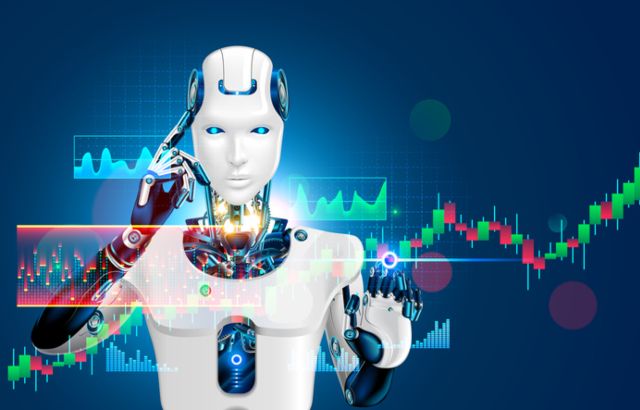By Mark Murray, associate director of research at Morningstar Investment Management Europe
“This time is different.” Harvard economists Reinhart and Rogroff argue that this is the most expensive investment advice ever given, as in most cases it rarely is different.
Yet it is hard to escape the feeling that something is genuinely different this time with respect to AI. Anyone who has used ChatGPT can attest to this. Sure it makes mistakes and the user should certainly have enough expertise to recognise this, but either way, it is an incredible advancement in technology which was previously only in the realm of fiction.
While clearly some things are different, from the perspective of a long-term investor, the question that really matters is, “is the probability distribution of returns different?” In financial markets, when we talk about whether anything has changed, this is what we really mean, as of course, things change all the time.
During the internet bubble in the late 90’s, clearly the internet was revolutionary. It changed everything. Everyone today knows this, from the way we shop, work, communicate, consume media and meet people. There is almost nothing the internet hasn’t changed, so to say the world pre-internet and post-internet is the same is clearly ridiculous. However, did the return distribution change? Clearly, at the time investors thought the answer was yes, but in hindsight we know the answer was no.
Take another more recent example during Covid. Before the world of high inflation and interest rates, and when it was assumed that people would work from home forever, stocks which fitted these narratives boomed. Again clearly there was some change happening, although maybe not as extreme compared to the internet. Once again, investors thought for this group of companies the return distribution had changed.
Sophisticated investors understand this distinction. We are surrounded by narratives all day long, with stories of how everything is different now. This is just a function of being human. As Robert Shiller notes in his recent book Narrative Economics, rather than call ourselves homo sapiens (i.e. wise man) it would be more accurate to use the term homo narrativus.
Stepping back from such stories, the sophisticated long-term investors understand the drivers of long-term returns and their respective probability distributions. Instead of getting swept away in a sea of narratives, they carefully analyse these return distributions and combine this with information from proprietary research, to then determine the most likely future outcomes.
In the space of technological advancement, it is also crucial to consider the full sample of all stocks, both those which failed and succeeded in the analysis. It is tempting to simply extrapolate that which are right in front of us; today’s winners. It is important to ponder on what the returns of emerging technology companies could look like. The human mind will naturally pick those easiest to recall; Amazon, Google, Microsoft, and so on. Yet this would be flawed reasoning. It is important to remember Veronica, Dmoz, LookSmart, Infoseek and many, many more that failed.
Has the probability distribution changed this time? Is AI truly different? Rather than offer a direct answer to this question, we can stick to the logical approach of thinking and understanding probabilities as followed by the Morningstar Investment Management group when undertaking long-term investment decisions.
Acknowledge the now, the then, and the future, to understand what is actually different from a broad market perspective when assessing how technology has, or has not, advanced. Only then can we appropriately assess how drastically times are changing to land upon a risk mitigated long-term solution for investors.







